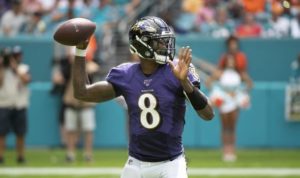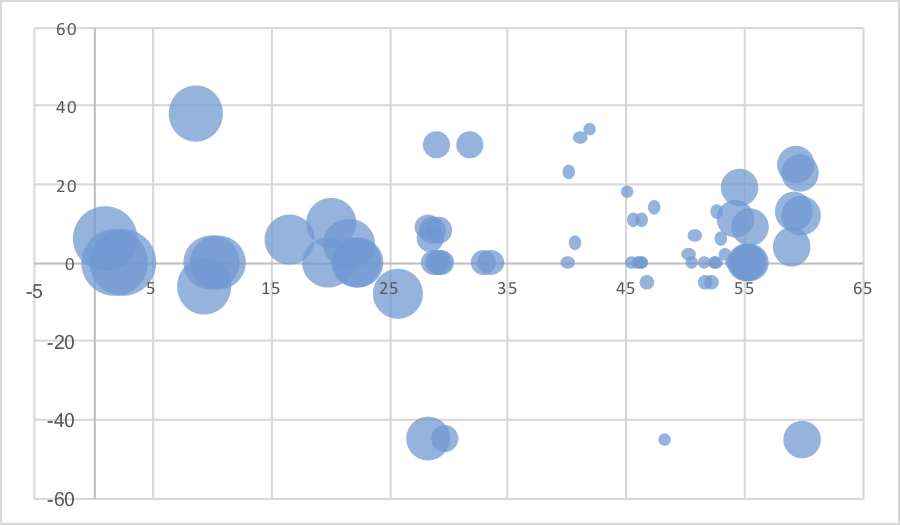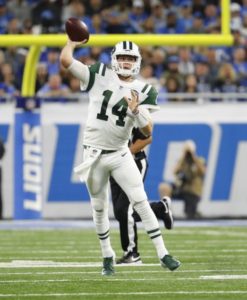If you took a quick glance at the passing stats from week 3, you might not notice how bad number one overall pick Kyler Murray performed against the Panthers. You’d see that he threw for only 173 yards with 2 TDs and 2 INTs, and might think that it was a typical underwhelming performance by a rookie quarterback.
What you might not have noticed was that Murray had 43 pass attempts and also was sacked a whopping 8 times, losing 46 yards. He also only passed for 9 first downs, a pitiful number given his 51 passing plays (17.6%). Murray threw for just 127 net passing yards against Carolina, a shockingly-low 2.49 net yards per attempt average. In fact, no passer had averaged under 2.50 NY/A in a game with 40+ attempts since 2003.
Murray finished week 3 with a 1.51 ANY/A average, the second-worst performance in week 3 by any starting quarterback. The worst? Well, that honor belongs to Jets third string QB Luke Falk, who was basically useless against the Patriots. Falk had 27 passing plays on Sunday: 20 of them produced negative EPA, meaning they were a negative play, 3 were slightly positive plays (i.e., a 5-yard pass on 1st-and-10), and 4 picked up first downs. New York scored 14 points courtesy of a special teams touchdown and a defensive touchdown.
On the positive side of things, the top three passing stat lines belonged to Patrick Mahomes, Deshaun Watson, and Kyle Allen. The full week 3 passing stats below: [continue reading…]



